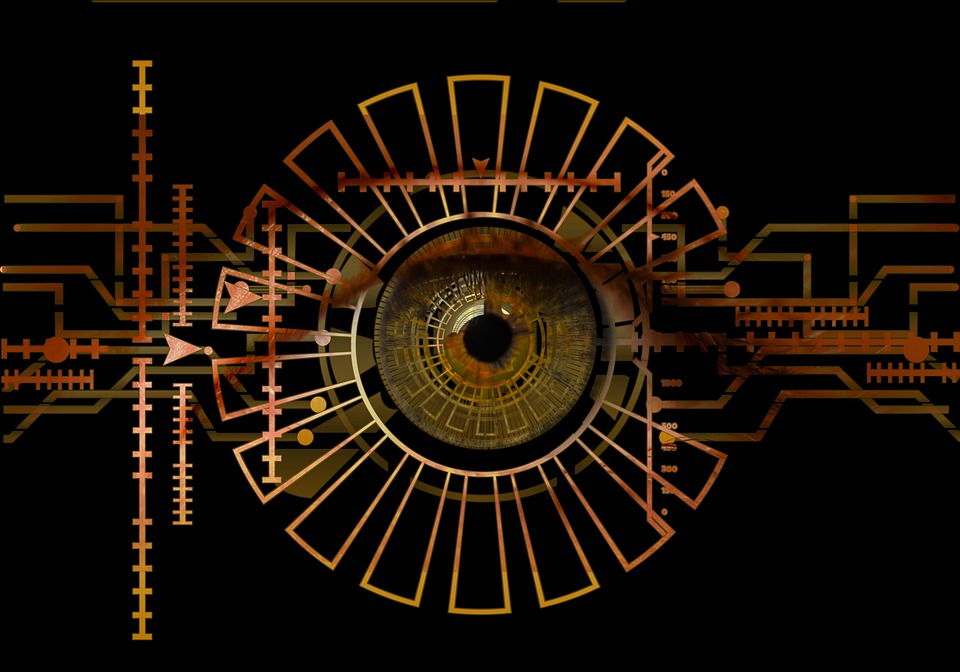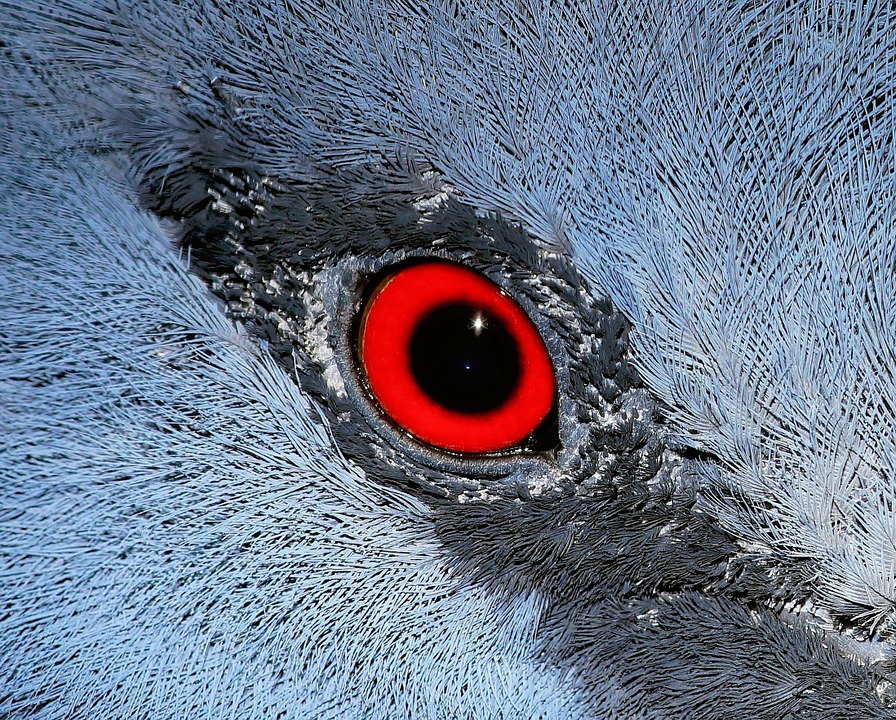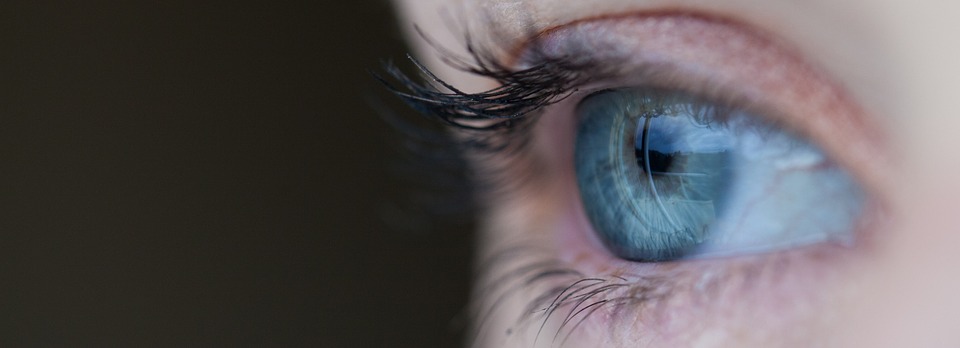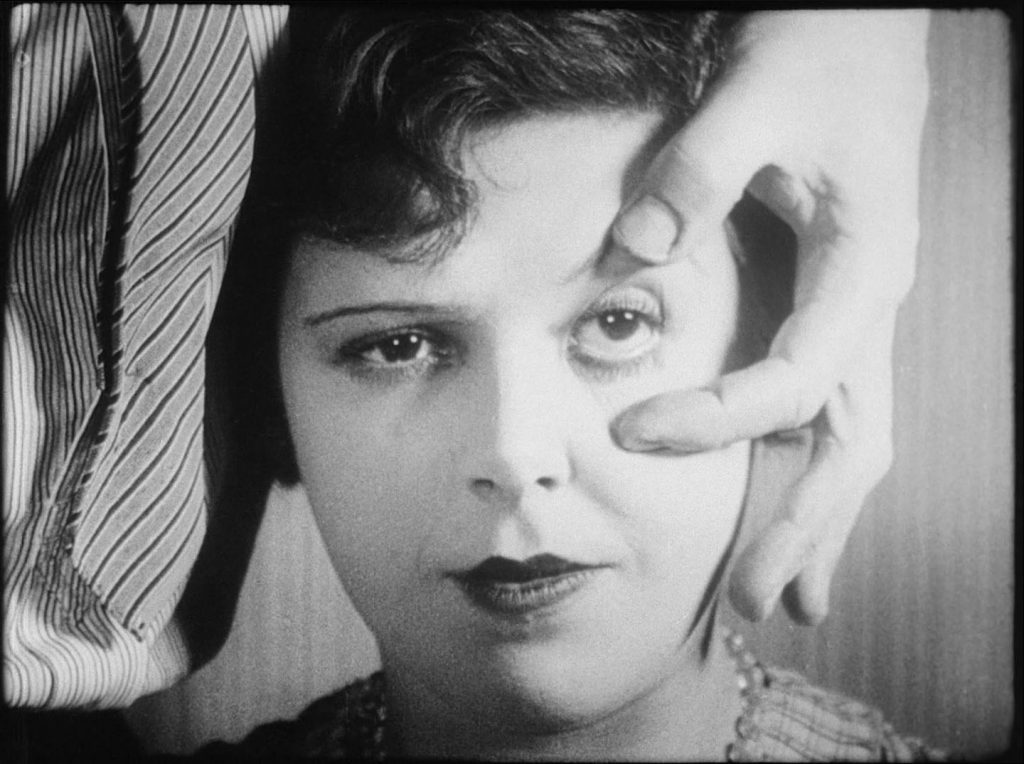A macular hole is a small gap that opens up at the centre of the retina, in an area called the macula.
The retina is the light-sensitive film at the back of the eye. In the centre is the macula – the part responsible for central and fine detail vision needed for tasks such as reading.
In the early stages, a macular hole can cause blurred and distorted vision. Straight lines may look wavy or bowed, and you may have trouble reading small print.
After a while, you may see a small black patch or a “missing patch” in the centre of your vision. You won’t feel any pain and the condition doesn’t lead to a total loss of sight.
Surgery is usually needed to repair the hole (see below). This is often successful, but you need to be aware of the possible complications of treatment. Your vision will never completely return to normal, but it’s usually improved by having surgery.
Why does it happen?
We don’t know why macular holes develop. The vast majority of cases happen spontaneously (without an obvious cause). They most often affect people aged 60-80, and are twice as common in women as men.
One possible risk factor is a condition called vitreomacular traction. As you get older, the vitreous jelly in the middle of your eye starts to pull away from the retina and macula at the back of the eye. If some of the vitreous jelly remains attached, it can lead to a macular hole.
A few cases may be associated with:
retinal detachment – when the retina begins to pull away from the blood vessels that supply it with oxygen and nutrients
severe injury to the eye
being slightly long-sighted (hyperopic)
being very short-sighted (myopic)
persistent swelling of the central retina (cystoid macular oedema)
What should I do?
If you have blurred or distorted vision, or there’s a black spot in the centre of your vision, see your GP or optician as soon as possible. You’ll probably be referred to an ophthalmologist (a specialist in eye conditions).
If you do have a macular hole and you don’t seek help, your central vision will probably get gradually worse. After a year, you’ll be unable to read even the largest print on an eye test chart.
There’s evidence that relatively early treatment (within months) gives a better outcome in terms of improvement in vision.
There’s a very small chance the hole may close and heal by itself, so for this reason, your ophthalmologist may want to monitor its progression before recommending treatment.
What is the treatment and how successful is it?
Vitrectomy surgery
A macular hole can often be repaired using an operation called a vitrectomy, with inner limiting membrane (ILM) peel and gas.
If you’ve had the hole for less than a year, there’s around a 90% chance the operation will be successful in closing it. More than 70% of people successfully treated will be able to read two or three additional lines on a standard vision chart, compared to before the operation.
Even if surgery does not achieve this degree of improvement, your vision will at least become stable, and you may find you have less distortion of vision.
In a minority of patients, the hole doesn’t close despite surgery, and the central vision can continue to deteriorate. However, a second operation can still be successful in closing the hole.
Ocriplasmin injection
If a macular hole is caused by vitreomacular traction, it may be possible to treat it with an injection of ocriplasmin into the eye. The injection helps the vitreous jelly separate from the back of the eye and allows the macular hole to close. This treatment is successful at closing a macular hole in around 40% of cases.
The injection takes a few seconds and you’ll be given local anaesthetic as eye drops or an injection, so you won’t feel any pain. You’ll also be given eye drops to dilate your pupil, so the ophthalmologist can see the back of your eye.
An ocriplasmin injection is usually only available in the early stages, while the macular hole is less than 400 micrometres wide, but causing severe symptoms.
Ocriplasmin can cause some mild side effects, which usually go away, such as:
temporary discomfort
floaters
flashing lights
dimming of vision
yellow tinge to the vision
A small number of people may develop more severe side effects, such as a noticeable loss of vision, enlargement of the macular hole or retinal detachment. Surgery is usually needed to correct macular hole enlargement or retinal detachment.
You won’t be able to drive after the injection, as the eye drops cause your vision to be blurry. However, you should have normal, comfortable vision the day after.
If the ocriplasmin injection fails to close the macular hole, which happens in around 60% of cases, vitrectomy surgery will be needed to close the macular hole and improve the vision.
What does vitrectomy surgery involve?
Macular hole surgery is a form of keyhole surgery performed under a microscope.
Three small incisions (one millimetre in size) are made in the white of the eye and very fine instruments are inserted.
First, the vitreous jelly is removed (vitrectomy) and then a very delicate layer (the inner limiting membrane) is carefully peeled off the surface of the retina around the hole, to release the forces that keep the hole open.
The eye is then filled with a temporary gas bubble, which presses the hole flat onto the back of the eye to help it seal.
The bubble of gas will block the vision while it’s present, but it slowly disappears over a period of about four to eight weeks.
Macular hole surgery usually takes 45-90 minutes and can be done while you’re awake (under local anaesthetic) or asleep (under general anaesthetic). Most patients opt for a local anaesthetic, which involves a numbing injection around the eye, so no pain is felt during the operation.
You may be able to go home the same day, but most patients need to stay in hospital overnight.
What can I expect after the operation?
Temporary poor vision
With the gas in place, the vision in your eye will be very poor – a bit like having your eye open under water.
Your balance will be affected and you’ll have trouble judging distances, so be aware of steps and kerbs. You may have problems with activities such as pouring liquids or picking up objects.
In the 7-10 days after the operation, the gas bubble slowly shrinks. As this happens, the space that was taken up by the gas fills with the natural fluid made by your eye and your vision should start to improve.
It generally takes six to eight weeks for the gas to become absorbed and for vision to improve.
Mild pain or discomfort
Your eye may be mildly sore after the operation, and will probably feel sensitive.
Contact your ophthalmologist immediately or go to your nearest eye accident & emergency (A&E) department if at any time:
you’re in serious pain
your vision gets worse than it was on the day after the surgery
Protective dressing
When you wake up, your eye will be padded with a protective plastic shield taped over it. The pad and shield can be removed the day after the operation.
Getting home
If you’ve had a general anaesthetic, you will not be able to leave the hospital unless a responsible adult is there to help you get home.
Medication
You’ll usually be prescribed two or three types of drops to take after surgery:
an antibiotic
a steroid
a pupil-dilating agent
You’ll be seen again in the clinic about two weeks after the operation and if all is well, the drops will be reduced over the following weeks.
Do I need to position myself face down after the operation?
Once at home, you may have to spend several hours during the day with your head held still and in a specific position, called posturing.
The aim of lying or sitting face down is to keep the gas bubble in contact with the hole as much as possible, to encourage it to close.
There’s evidence that lying face down improves the success rate for larger holes, but it may not be needed for smaller holes.
If you’re asked to do some face-down positioning, your head should be positioned so the tip of your nose points straight down to the ground. This could be done sitting at a table or lying flat on your stomach on a bed or sofa. Your doctor will advise you on whether you need to do this and, if so, for how long.
You may find it helpful to read Moorfields Eye Hospital’s instructions for post-operative posturing (PDF, 1.7Mb).
If face-down posturing isn’t advised, you may simply be told to avoid lying on your back for at least two weeks after the surgery.
Sleeping
You’ll need to sleep with your head on one side, resting on an ear. You may be asked to avoid sleeping on your back for at least one month after your operation, to make sure the gas bubble is in contact with the macular hole as much as possible.
If you can’t lie on your side, you should sleep propped up with pillows so you’re at a 45-degree angle.
If you have concerns about sleeping positions, speak to your doctor or nurse.
Am I able to travel after macular hole surgery?
You must not fly or travel to high altitude on land while the gas bubble is still in your eye (up to 12 weeks after surgery).
If you ignore this, the bubble will expand at altitude, causing very high pressure inside your eye. This will result in severe pain and permanent loss of vision.
What if I need another operation shortly after my treatment?
If you need a general anaesthetic while the gas is still in your eye, it’s vital you tell the anaesthetist, so they can avoid certain anaesthetic agents that can cause expansion of the bubble.
Can I drive after the operation?
No – the gas bubble will still be present in your eye for six to eight weeks after your surgery, so during this time you can’t drive a vehicle of any sort.
None of these exclusions apply once the gas has fully absorbed. You’ll notice the bubble shrinking and will be aware when it has completely gone.
How much time will I need off work?
Most people will need at least two weeks off work, although this will depend to an extent on the type of work you do and the speed of recovery. Discuss this with your surgeon.
What are the possible complications of macular hole surgery?
It’s unlikely that you’ll suffer harmful effects from a macular hole operation.
However, you should be aware of these six possible complications:
Failure of the hole to close. This happens in 1-2 out of 10 patients. If the hole fails to close, your vision may be a little worse than before the surgery. It’s usually possible to repeat the surgery.
Cataract. This means the natural lens in your eye has gone cloudy. You’ll almost certainly get a cataract after the surgery, usually within a year, if you’ve not already had a cataract operation. The cataract may be removed at the same time the hole is being repaired.
Retinal detachment. The retina detaches from the back of the eye in 1-2% of patients having macular hole surgery. This can potentially cause blindness, but it’s usually repairable in a further operation.
Bleeding. This occurs very rarely, but severe bleeding within the eye can result in blindness.
Infection. This is also very rare, occurring in an estimated 1 in 1,000 patients. Infection needs further treatment and could lead to blindness.
Raised eye pressure. An increase in pressure within the eye is quite common in the days after macular hole surgery, usually due to the expanding gas bubble. In most cases, it’s short-lived and controlled with extra eye drops or tablets to reduce the pressure, protecting the eye from damage. If the high pressure is extreme or becomes prolonged, there may be some damage to the optic nerve as a result.
How successful is macular hole surgery?
The most important factor in predicting whether the hole closes as a result of surgery is the length of time the hole has been present.
If you’ve had a hole for less than six months, there’s about a 90% chance your operation will be successful (9 in 10 operations will successfully close the hole).
If the hole has been present for a year or more, this success rate drops to about 60%.
Most people have some improvement in vision after they’ve recovered from the surgery. At the very least, the operation normally prevents your sight from getting any worse.
Your doctor will speak to you in more detail about what results you can expect from the surgery.
Even if surgery doesn’t successfully correct your central vision, a macular hole never affects your peripheral vision, so you’d never go completely blind from this condition.
Can I develop a macular hole in my other eye?
After carefully examining your other eye, your surgeon should be able to tell you the risk of developing a macular hole in this eye.
In some people this is extremely unlikely, in others there’s a 1 in 10 chance of developing a macular hole in the other eye.
It’s very important to monitor any changes in the vision of your healthy eye and report these to your eye specialist, GP or optician urgently.




